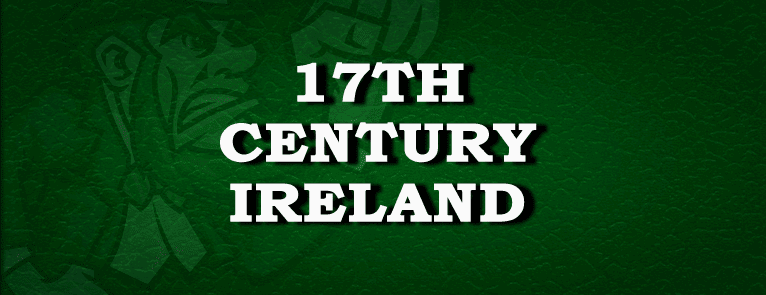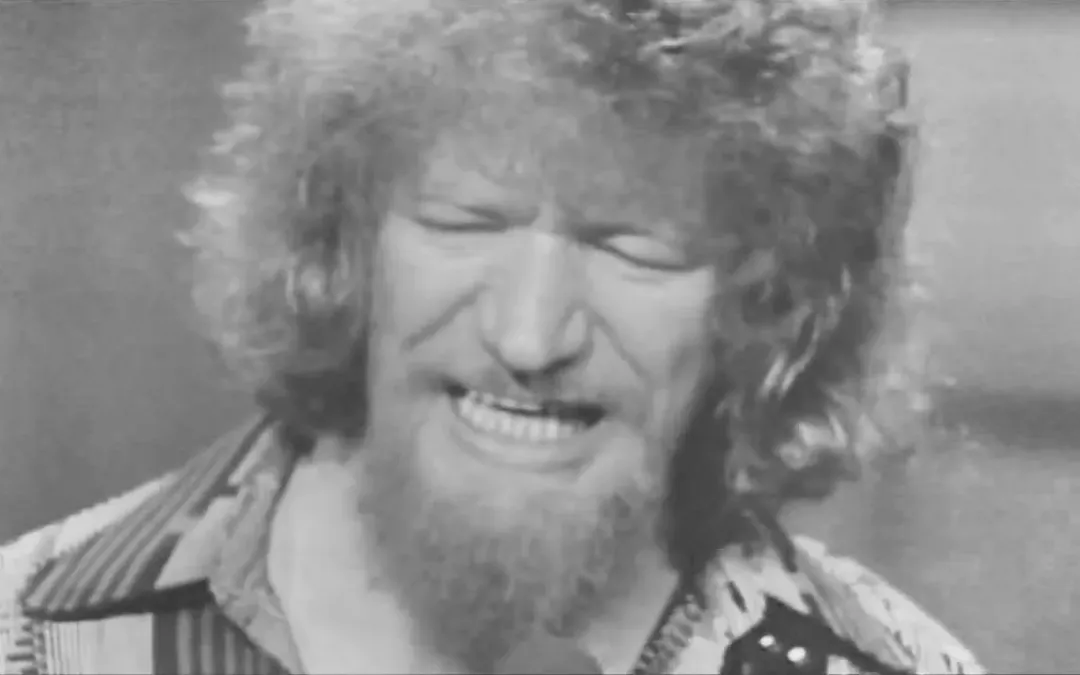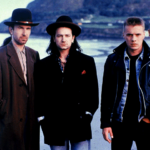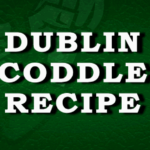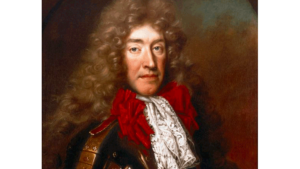The beginning of the 17th century in Ireland was marked by the Battle of Kinsale in 1601, one of Ireland’s most famous battles that saw the defeated of the Irish by the English.
Six years after the Battle at Kinsale the two remaining northern Earls of Ireland, along with nearly 100 family and followers, fled the country to Spain, with no reason or explanation but with a lot of haste. This event became known as the Flight of the Earls in 1607 and marked a turning point for Ireland.
Stuart Monarchs ruled England between the years of 1603 - 1714 which would have a direct influence on Ireland, for the worse. After Queen Elizabeth’s death in 1603, the throne passed to James VI of Scotland who then became James I of England. He reigned until 1625 when Charles I came to the English throne until he was executed in 1649.
The religious fraction still existed in Ireland with the Gaels and the Old English remaining loyal to the Catholic Church. The Scottish colonists were more Calvinist whereas the New English Protestants tended to favour Lutherism.
Ireland and Ulster still had a majority Catholic population with islands of Protestant settlements dotted among them. It was the New English Protestants who were in control in the Pale in Dublin and ran the administration.
English Greed Over Ireland
King Charles I of England, like his father before him, indulged the Catholic landowners not out of religious belief but out of greed. The Gaelic people were a good source of income for the throne which in turn helped pay for the defence against a possible invasion from the Spanish. He had promised to confirm ownership of these lands to the Irish in return for 120,000 pounds to be paid over two years, (this became known as the Graces). Charles happily took the money but once it was paid he did no more to help the Irish landowners against the New English pressure to conform.
Thomas Wentworth became the new governor of Ireland in 1633. He was an Episcopalian like Charles himself and did not like the New English or the Old English as they would not conform to the Episcopalian state. Nobody could escape when he tried to raise the taxes in Ireland. Eventually, he was recalled to England where he died as the great political storm in Ireland brewed.
Charles wanted (as did Henry VIII before him) to be supreme ruler and to be only answerable to God. He ruled without parliament and raised the taxes in Ireland to pay for his quest; he succeeded from 1629 to 1640.
Charles desired one religion throughout his realm, Anglicanism. This was to cause the English Civil War. He had driven the Scottish Calvinists into rebellion with his desire for one religion and in 1640 he was forced to recall parliament but with the majority of parliament consisting of Calvinists, the two sides went to war.
The Irish rebel against the English
By October 1641 the Catholic landowners in the province of Ulster took advantage of the disarray in England and revolted against the New English administration in Dublin. They were joined by the Old English and the remaining Gaelic clansmen and in 1642 formed the Confederation of Kilkenny.
In Ulster, in 1641, the rebellion was taking an ugly turn. The Protestant settlers were being brutally attacked and slaughtered. Churches were destroyed by bitter Irish natives. The Ulster Protestants were living in constant fear until the arrival of a Scottish army commanded by General George Munro.
When James II arrived at Derry the Williamite War would soon begin. Meanwhile, the Confederation of Kilkenny had also raised an army under the command of Owen Roe O’Neill.
There were now three main groups in Ireland:
- The Ulster Protestants: They were loyal to the crown and unwilling to take any more attacks from the Irish natives.
- The Confederates of Kilkenny: Made up of Owen Roe O’Neill and a mixture of Gaels, Catholic landowners and some of the Old English.
- The Royal Administration in Dublin: This was made up of mainly Old English and was led by James Butler, Earl of Ormond. He came from one of the original Old English settlers but still considered himself Protestant.
Battles took place for control of Ireland but none of the groups was strong enough to totally defeat the others. O’Neill defeated Munro in battle in Benburin in 1649 but was not equipped to take the rest of Ulster.
In England, the civil war was coming to an end and whoever took control there would soon try to settle affairs in Ireland as well. In 1649 Charles I was executed and soon a parliamentary army was on it’s way to Ireland. It’s leader …… Oliver Cromwell.
History Timeline of 17th Century Ireland
- 1601 - The Battle of Kinsale
- 1602 - Red Hugh O'Donnell dies in Spain
- 1602 - The long march of O’Sullivan Beare
- 1603 - Hugh O'Neill surrenders to the English
- 1607 - The flight of the Earls
- 1608 - Plantation of Derry
- 1609 - Beginning of the Ulster plantations
- 1629 - Saint Oliver Plunkett is born in county Meath
- 1641 - The Irish rebellion of 1641
- 1649 - Oliver Cromwell invades Ireland with 2,000 soldiers
- 1650 - The Siege of Limerick
- 1651 - The Siege of Galway
- 1652 - The Cromwellian Act of Settlement 1652 is passed
- 1662 - Act of Settlement 1662 is passed
- 1681 - St Oliver Plunket is executed by the English
- 1685 - James II (Catholic) crowned King of England
- 1688 - Catholic king James II flees from England. William of Orange is invited to take his place
- 1689 - The Williamite War Begins with the Siege of Derry
- 1691 - The Flight of the Wild Geese Irish Jacobite army flee Ireland
- 1695 - The introduction of Anti-Catholic Penal Laws
